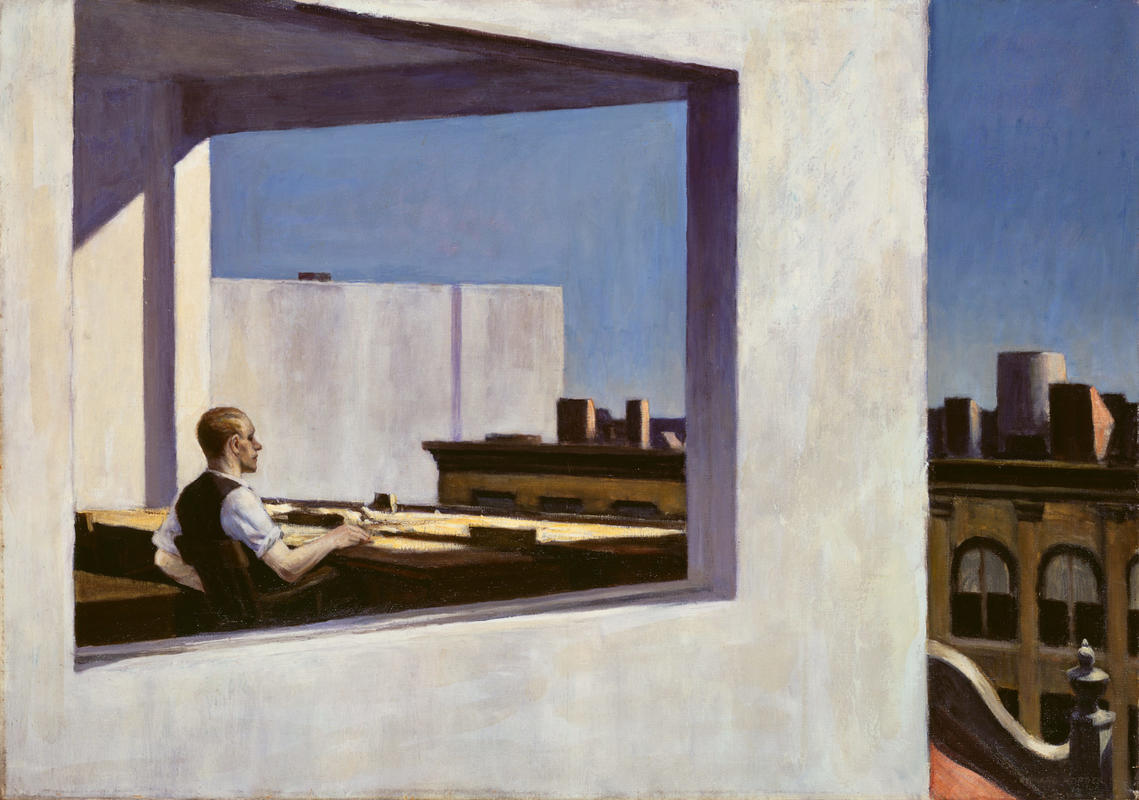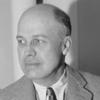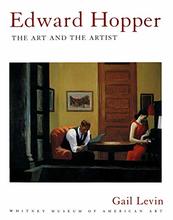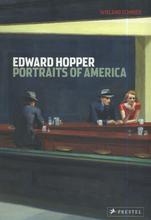More about Office in a Small City
- All
- Info
- Shop

Contributor
You don’t have to be working overtime to understand Office in a Small City. Realist painter Edward Hopper once again depicts a solitary figure gazing off-canvas to portray his signature theme of isolation, reminding us that life can be pretty darn lonely.
While we might expect to see a scene like this in a large urban area such as San Francisco or New York, as in the famous Nighthawks, the specific reference to a “small city” in the title ominously implies that this could occur, if it hasn’t already, in any American town. Painted less than a decade after the Second World War, this isolated office demonstrates the depersonalization American business forces on its participants. Hopper purposely elevated the office in the air to symbolize the rise of American business as well as its detachment from the world below.
Like many of Hopper’s paintings, Office in a Small City illustrates the tension between traditional and twentieth-century modern culture. The bottom right corner of the painting reveals that this office building has a false facade to to give it the appearance of an older, more traditional building to those passing by on the street. As we can see, the actual office resembles a block of lifeless concrete. Even with massive windows providing tons of light, the office is still blindingly dull with no objects indicating the worker’s personality or occupation. It honestly looks more like a cubicle than an office. With only mass-produced office furniture to accompany this lonely figure, it’s no wonder Edward Hopper’s wife Jo referred to this painting as “the man in the concrete wall.”
Despite being the only person in the painting, the man in the concrete wall isn’t the intended focus of the painting’s composition. The scene is cropped aggressively to force the man out of the center, instead directing viewers’ focus onto a massive part of the office wall. The man is thus rendered insignificant by his work environment swallowing him whole. I’m sure most of us can unfortunately relate.
The man doesn’t seem to be working so much as he is staring off into the distance, perhaps at the darkened windows in the building across from him. It’s possible the man could even be deliberately spying on others, reflecting latent psychological and even sexual fantasies of a man all too unsatisfied with his life. *cough much like Hopper himself cough* The painting questions the nature of intimacy; in the modern society, even the simple act of looking becomes an invasion of privacy. As viewers, our act of looking at this artwork of someone looking makes us aware of our own voyeurism.
Whether he’s daydreaming or creeping, it’s clear the man in Office in a Small City is seeking escape while also passively accepting his fate. There’s an overwhelming sense of longing here that’s tied to isolation and the loss of individuality. This is a common theme in Hopper’s paintings since they often portray people in the working world who have been worn down by their jobs but have nowhere else to turn. Super uplifting, isn't it? Looks like all work and no play really does make Jack a dull boy.
Sources
- Levin, Gail. Edward Hopper: The Art and the Artist. New York: W.W Norton & Company, 1999.
- Renner, Rolf Gunter. Edward Hopper 1882-1967: Transformation of the Real. Germany: Benedikt Taschen Verlag GmbH, 2000.
- Hobbs, Robert. Edward Hopper. New York: Harry Abrams, 1987.
- Levin, Gail. Edward Hopper: An Intimate Biography. Berkeley: University of California Press, 1995.
- Schmied, Wieland. Edward Hopper: Portraits of America. New York: Prestel, 2005.
Featured Content
Here is what Wikipedia says about Office in a Small City
Office in a Small City is a 1953 oil painting by the American realist painter Edward Hopper. It is held by the Metropolitan Museum of Art, in New York.
The painting depicts a man sitting in a corner office surveying the cityscape outdoors. The painting depicts loneliness and beauty in a uniquely stark yet pleasing fashion, a common theme amongst Hopper's works. It was described by Hopper's wife as "the man in concrete wall."
Check out the full Wikipedia article about Office in a Small City















